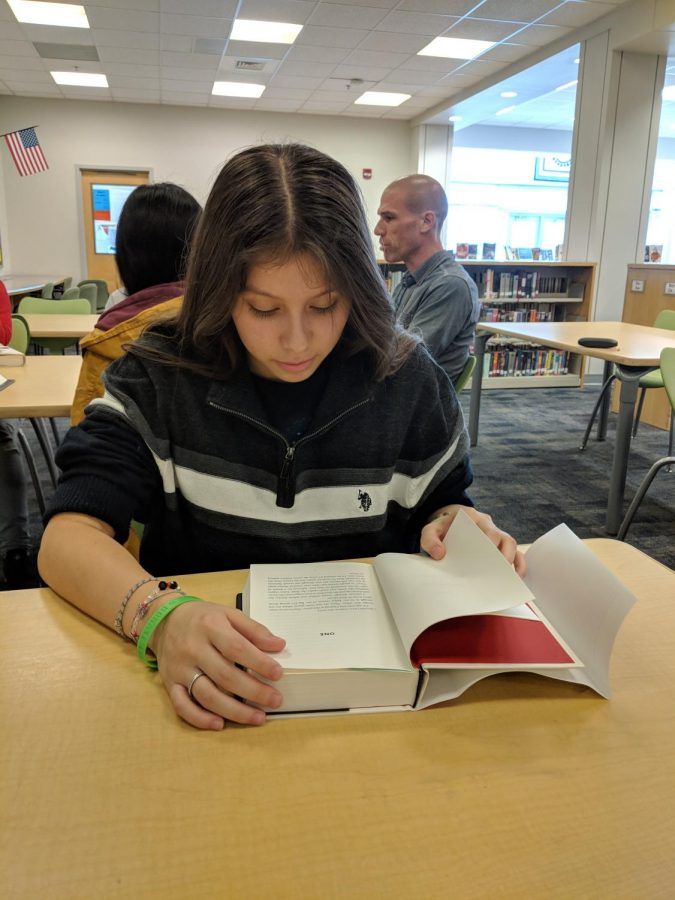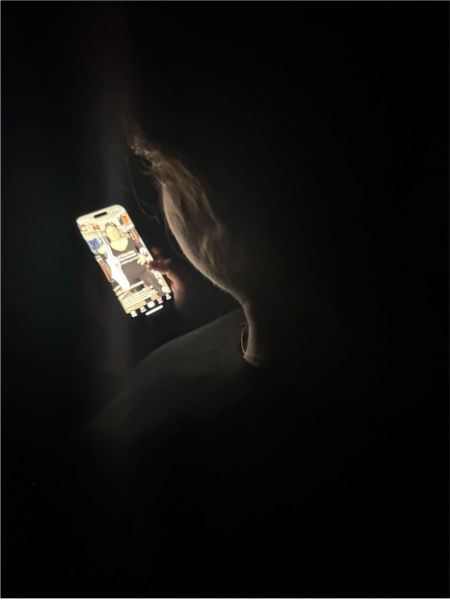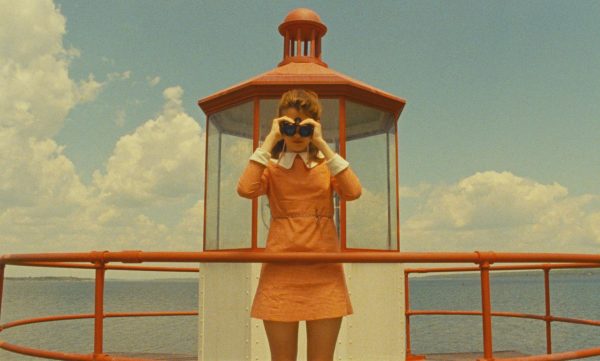“The Hate U Give” proves to be thoughtful look into race in America
In the book “The Hate U Give”, written by Angie Thomas and released in early 2017, teenager Starr Carter lives a double life. However, unlike the fantastical, action-filled secret lives of most young adult novel protagonists, Starr’s is an all too real look into racial biases. She hides aspects of her identity as an African-American girl growing up in a poor neighborhood to evade being considered “ghetto” at her very white private school. Within the first chapter, “The Hate U Give” establishes itself to be more emotionally heavy than most books for teens. It was recently made into a movie, and although the picture has some weaknesses, it is a must-see movie this fall.
With a spotlight on police brutality and an unarmed shooting, this book is an honest, heart-wrenching look into the internal struggle of a teenager who must choose between her own safety and seeking justice for her dead friend. Starr is leaving a party with her childhood friend Khalil when they are pulled over with Khalil driving, and he is shot. Starr spends the next months hiding the fact that she was a witness to the case – a point of contention between her life at her private school and her life in her neighborhood. Eventually, after a smear campaign paints Khalil to be a dangerous drug dealer and criminal, she chooses to come forward to clear his name. This choice is a valiant one, but it puts her and her family in danger, which leads to an adrenaline-filled conclusion and the eventual reckoning of her two lives.
The movie adaptation, directed by George Tillman, Jr., was released on October 5. The movie has faced controversy from those who do not support the Black Lives Matter movement –
as was expected – but also has some complaints from fans of the book who argued that Amandla Stenberg, the woman who plays Starr, is far more light-skinned than the girl portrayed on the cover of the book. However, despite some negative feedback, according to Forbes magazine, the movie has already earned $2.2 million in its first two weeks. Its original budget was $23 million.
As with most book-to-movie adaptations, details and scenes are cut. There is less of a story line about the police officer responsible for Khalil’s death in the movie, and some characters are left out, but for the most part, main characters are fairly represented. For instance, Hailey, Starr’s friend from school, is a white girl who gradually is shown to be racist and toxic for Starr. In the movie, she is played by Sabrina Carpenter as an arrogant character who often fails to see past herself. Hailey is a perfect character to keep in the movie, especially given one scene where Starr’s school has a protest walkout for all the wrong reasons. The students held the walkout with the clear intention of using it to skip school. In this scene, Hailey perfectly represents someone who downplays tragedy when it makes her uncomfortable but protests against it when it can get her out of school.
However, portrayal of Starr’s boyfriend, Chris, played by KJ Apa, left something to be desired. Chris is supposed to be a wealthy white boy who learns and grows to be included in all sides of Starr’s life. In the book, Chris has a cringy comment once or twice, but he is ultimately redeemable by the end of the book. In the movie, Chris’ purpose is more comedic, so the focus is less on his growth and more on his ignorance, making him a less compelling or necessary character. In the book, when Starr confronts Chris with her concerns about what people think when they see an interracial couple together, Chris responds, “Who [cares]?” In the movie, he responds, “I don’t see color.” Those are two completely different sentiments. In one, he acknowledges racial biases but dismisses their importance in their relationship. In the other, he dismisses the problem all together.
Chris aside, all other characters are represented well. Her father, played by Russell Hornsby, is a passionate and well-meaning man. Her brothers, played by Lamar Johnson and TJ Wright, are brave and lovable, and her mother, played by Regina Hall, is loving and protective. In both versions of “The Hate U Give”, family is very important to Starr, and becomes necessary for support in needy times. The family is also compelling because the father is an ex-convict, which shows how a crime someone has commited does not dehumanize them or make them any less capable of love. Further, the family dynamic is made more important given that Starr’s uncle, played by Common, is a policeman, providing tension between Starr’s father and her uncle, especially after her uncle attempts to defend the man who shot Khalil.
“The Hate U Give” does a wonderful job of showing the complexity of policing and racism in America. It offers how the shooting may have happened from the police’s perspective, or how others disagreeing with how Starr saw the issue may have chosen to perceive it, but ultimately shuts down any justification for the shooting, because in the end, an innocent young man was killed. Both movie and book showed this effectively, and both are important to see this fall.








